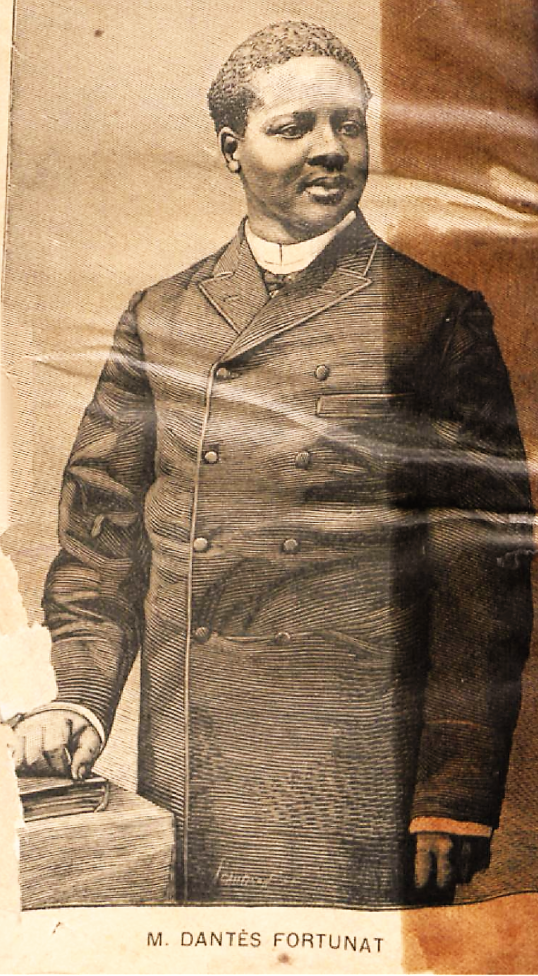A Visit to Saba in 1870 by Dantes Fortunat
NOUVELLE GEOGRAPHIE DE L’ILE D’HAITI
Dantes Fortunat
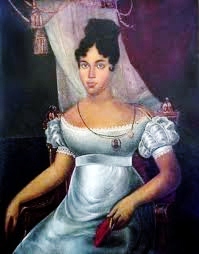
Marie Madeline Lachenais. Had children by two Presidents
The introduction of this unusual book states that it contains historical and topographical mention on the other Antilles. It was authorized for use in secondary education on October 6th, 1877. Published in Port-au-Prince and Paris in 1888.
The author introduced it to Madame Michel Dominique wife of President General Dominique on September 29th, 1875. There is also a long letter dated May 29th, 1877 to Mr. A. Thoby, Secretary of State for Public Education. The letter was for official approbation for the book to be used in schools. He listed as collaborators Beaubron Ardouin, Diana Ramsay and Thomas Madiou.
The book was brought to my attention by Mr. Christophe Henocq some years ago and was printed out for me by Brigitte Halley of St. Martin. The reason why Mr. Henocq thought I might be interested as the book contained a nice lithograph of the Governor of Saba Mr. Moses Leverock.
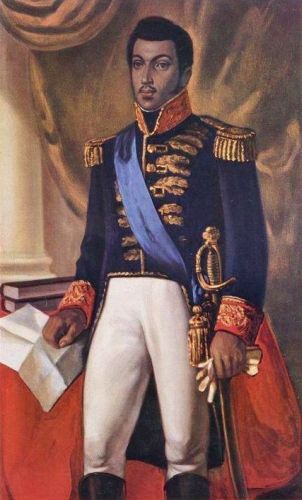
General Alexander Petion President 1807-1818
Since the author introduced the manuscript to Madame Micehel Dominique in 1875 I am assuming that his research was done before that time. Governor Moses Leverock passed away at the age of 61 on August 1st, 1875.
In various articles Mr. Dantes Fortunat is referred to as a young man. He must have travelled throughout the West Indies in order to get the information he needed for the chapters on the Spanish, English, French and Dutch colonies. He was either a painter himself or travelled with someone who was as the book has many fine lithographs of many of the towns in the West Indies at the time.
The book has more than five hundred pages and was filled with information on the world and the people who inhabited it with a description of each race of mankind who inhabited the planet. As for the Republic of Haiti and the Dominican Republic, he travelled extensively to bring geographical knowledge to the students of secondary education in Haiti.
I have not yet been able to find too much personal information on the writer other than that he was born in 1851. He would have been 19 years of age or in his early twenties when he visited Saba. Reference is made to his young age in the book. So that alone is remarkable in an age when slavery had just been abolished for a young black man from Haiti to travel the West Indies and be received by the authorities of the various islands. Remarkable as well that Haiti would embark on a project to educate its young people not only about their own geography but also that of the rest of the Antilles.
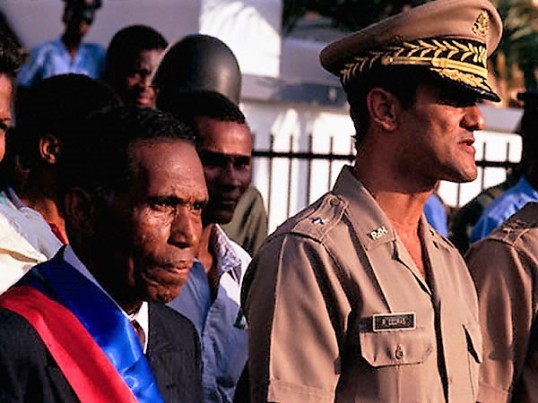
The last military President of Haiti Raoul Cedras. He deported President Aristide to South Africa.
I am busy reading several books on the Dominican Republic and its turbulent history. So many of its citizens live among us in the Dutch West Indies nowadays that in some cases they may well be in the majority.
In this article I want to dwell briefly on the color issue and give a very brief history of the dissolution of France’s once most productive colony. Much has been written about the Haitian revolution as if it was a one night affair and through simplification misinform our present generation at the same time. Especially history as interpreted by writers from the United States. In their view anyone who is not 142% white is black thereby ignoring the ‘Mulatto’ factor in Haiti and the Spanish speaking Caribbean. Especially in Haiti this has played a big role even in slavery times. Even today the struggle in Haiti is between the mulatto and the black elite. The black elite hedge their bets by marrying mulatto women (Papa Doc and Baby Doc, Father Aristede et al) or having mulatto advisors when they have the power and vice versa. Haiti might be a poor country but if only one percent of the population have money you are talking about one hundred thousand or more people with money.
In David Nicholls book: ‘A work of combat’ (Mulatto Historians and the Haitian past (1847 -1867), he examines the way in which a circle of mid-nineteenth century historians from Haiti’s mostly mulatto French educated , French speaking elite – rewrote Haitian history to strengthen the position of this ruling class and to justify its ascendancy:
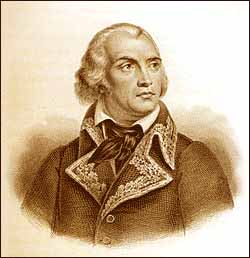
General Benoit Joseph Andre Rigaud Born 1761 died 18 September 1811
“ The general effect of the mulatto version of the Haitian past is however, to encourage Haitians to unite under the leadership of the most patriotic, civilized and technically qualified group in the country, to legitimate the mulatto ascendancy in the social and economic field, and to lend weight to their claim to guide and control development in the political sphere.”
In brief the French colony of Saint Dominique dissolved over a period of at least 15 years. First when the French revolution broke out the whites in Haiti broke up into Royalist supporters and those of the revolution. This caused many people to start leaving for Louisiana. Then the French educated mulatto’s started their own revolution to get equal rights with the whites. After that came the revolution of General Toussaint L’Ouverture a descendant of people who ruled the Kingdom of d’Adra in Africa. He was raised by white plantation owners who were allowed to leave Haiti undisturbed. Then came the betrayal of Toussaint among which were a number of mulattos. After that Napoleon’s brother-in-law came to recapture the colony and his twenty thousand troops died within a short time in battle and with yellow fever. With Leclerc many of the Mulatto elite returned from France. Among them Rigaud, Petion, and Boyer. Once they realized that slavery was to be reinstituted they joined forces with the blacks for the final battle of liberation. Then the recognized liberator of Haiti General Dessalines won the war of liberation and declared Haitian independence on January 1st 1804.
After that the real trouble started. Dessalines declared himself Emperor and two years later he was assassinated. Haiti was split up for many years in the Kingdom of the North under Emperor Christophe who was from St. Kitts and favored the English. He was very successful for a while and there was law and order in the North and a good economy.
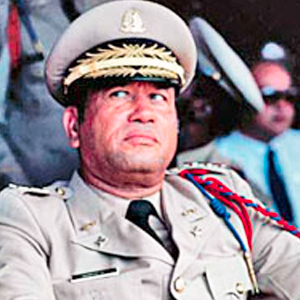
President Henri Namphy
The South including the capital city of Port-au-Prince fell under the Mulatto republic of the South. In Saint-Dominique the free people of colour constituted a third place between the whites and the enslaved Africans. While restricted in political rights, many received social capital from their father’s and became educated and wealthy landowners, resented by the petit blancs who were mostly minor tradesmen. Following the French revolution of 1789 the ‘gens de couleur’ led a rebellion to gain voting and political rights they believed were due them as French citizens. This was before the slave uprising of 1791. At that time most free people of colour did not support freedom or political rights for enslaved Africans and free blacks. The affranchise numbered 28.000 in 1795 and were mostly mulattoes born of a French father. Not all mulattoes were free as 40.000 of them were still slaves. But with the ensuing conflict and with many whites moving out to Sanato Domingo and places like Trinidad and Louisiana the influence of the mulatto’s grew and is still strong in Haiti. Remember President Namphy with blue eyes like a Norwegian and his wife from Italy?

Baby Doc son of a mulatto mother here marrying a daughter of a wealthy mulatto merchant.
The three main mulatto first Presidents of the South of Haiti were General Benoit Joseph Andre Rigaud (1761-18 September 1811). He was the leading Mulatto military leader during the Haitiain revolution. Among his protégés were Alexander Sabes Petion and Jean Pierre Boyer, both future Presidents of Haiti. His father was a wealthy French planter and his mother was Rose Bossy Depa a slave woman. His father acknowledged him as a young man and sent him to Bordeaux where he was trained as a gold smith.
In 1810 the new Haiti split in two. Petion who succeeded Rigaud as President of the South was much influenced by his (as well as his successor’s lover) Marie Madeliene Lachenais. She had two daughters for Petion (Cecile and Hersille) and also a daughter Azema for Boyer.Alexander Sabaes Petion (April 12 1770 – March 24, 1818). He was born in Port-au-Prince son of a wealthy French father and Ursula a free mulatto woman which made him a quadroon (one quarter African ancestry).

Jean Pierre Boyer served 25 years as President of Hispaniola from 1818 to 1843. An exception in the history of Hispaniola.
When Petion died from yellow fever in 1818 he was succeeded by Jean Pierre Boyer (1818-1843). His father was also a Frenchman and Boyer was educated in France. He united all of Haiti under his rule and in 1822 invaded the land of Santo Domingo land of the Mulatto’s and kept that part of the island under his control until he was overthrown in 1843, exiled to Jamaica and later moved to France where he died and is buried.
When the writer Dantes Fortunat visited Saba around 1870 the entire West Indies had some four million people. Saba had 2800 inhabitants and French St. Martin had 3.485.
Among his findings on Saba there were five fresh water springs and four Sulphur springs were located in the East of the island. He also gave a description of the fine potatoes grown on the island as well as cabbage, bananas, lemons and so on.
He states that; L’Ile de Saba s’estime hureaux d’avoir donne le hour aux lieutenants-gouverneurs Beaks et Leverock’.
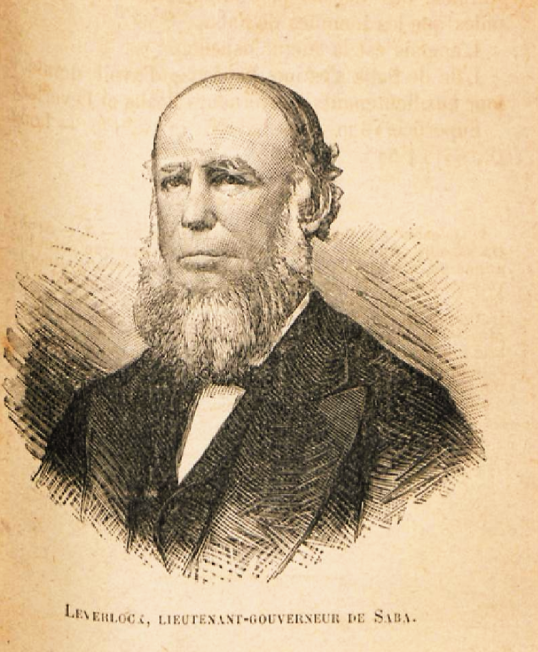
A lithograph of Governor Moses Leverock made by Dantes Fortunat on his visit to Saba around 1870
Of the men of Saba he has this to say: ‘Aussi, cherchera-t-on vainement, dans toutes les Antilles, des marins plus inteligents et plus intrepides que les hommes de Saba.’
It is my intention when I am finished reading my two large books on the Dominican Republic to give a short review like this one of the history of that country and its troubles relations with its neighbor Haiti. A class and ethnic struggle which continues to this day with mass deportations of Haitians and with changing laws that if someone from Haiti is born in the Dominican Republic they do not automatically get rights and are even subject to deportation. All of this goes back to the days of slavery and the strong influence of the mulatto class in Haiti which is still strong. I will post some photos of leaders of some of the most prominent mulatto leaders of Haiti as well.
There are many great books written about Haiti in the past which recognize this division of the people’s more than recent histories which leave the mulatto influence out of the picture.
Furthermore I want to thank Mr. Dantes Fortunat on his wonderful book on the Geography of Haiti and the rest of the Antilles.